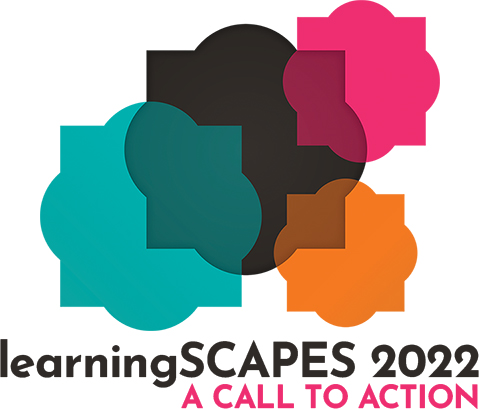 | 1 LU |
 | 1 LU |
Technology infrastructure, classroom systems, security, and student devices are significant considerations when designing a bond program. As with most things, there is no right or wrong answer; no one size fits all. The best approach is a holistic approach - capturing a comprehensive snapshot in time of spaces and systems while also crowdsourcing from staff, students, and administrators the district's culture of innovation and vision for teaching and learning. Through this quantitative and qualitative approach to technology and security, districts are able to measure where they fall on a maturity model with authentic feedback to help establish the most pressing items to address.
Learning Objectives:

Russ is the Chief Executive Officer for True North Consulting Group, a national independent consulting firm focused on K12 technology, audiovisual, and security. Mr. Johnson has helped hundreds of school districts over his 25 years to develop strategies that provide strategic, purposeful integration of technology into operations, teaching and learning, and safety programs.
What are the emerging trends in society, education, and/or school planning, design, construction, supply, and operation that should be informing our conversation today?
Primary Core Competency
Educational Visioning: Exhibits an understanding of best and next practices related to educational leadership, programming, teaching, learning, planning and facility design. Establishes credibility with educators, community members and design professionals while conceiving and leading a community-based visioning process. Demonstrates the ability to articulate the impact of learning environments on teaching and learning and uses that ability to facilitate a dialogue that uncovers the unique needs and long-range goals of an educational institution and its stakeholders – translating that into an actionable written/graphic program of requirements for the design practitioner.